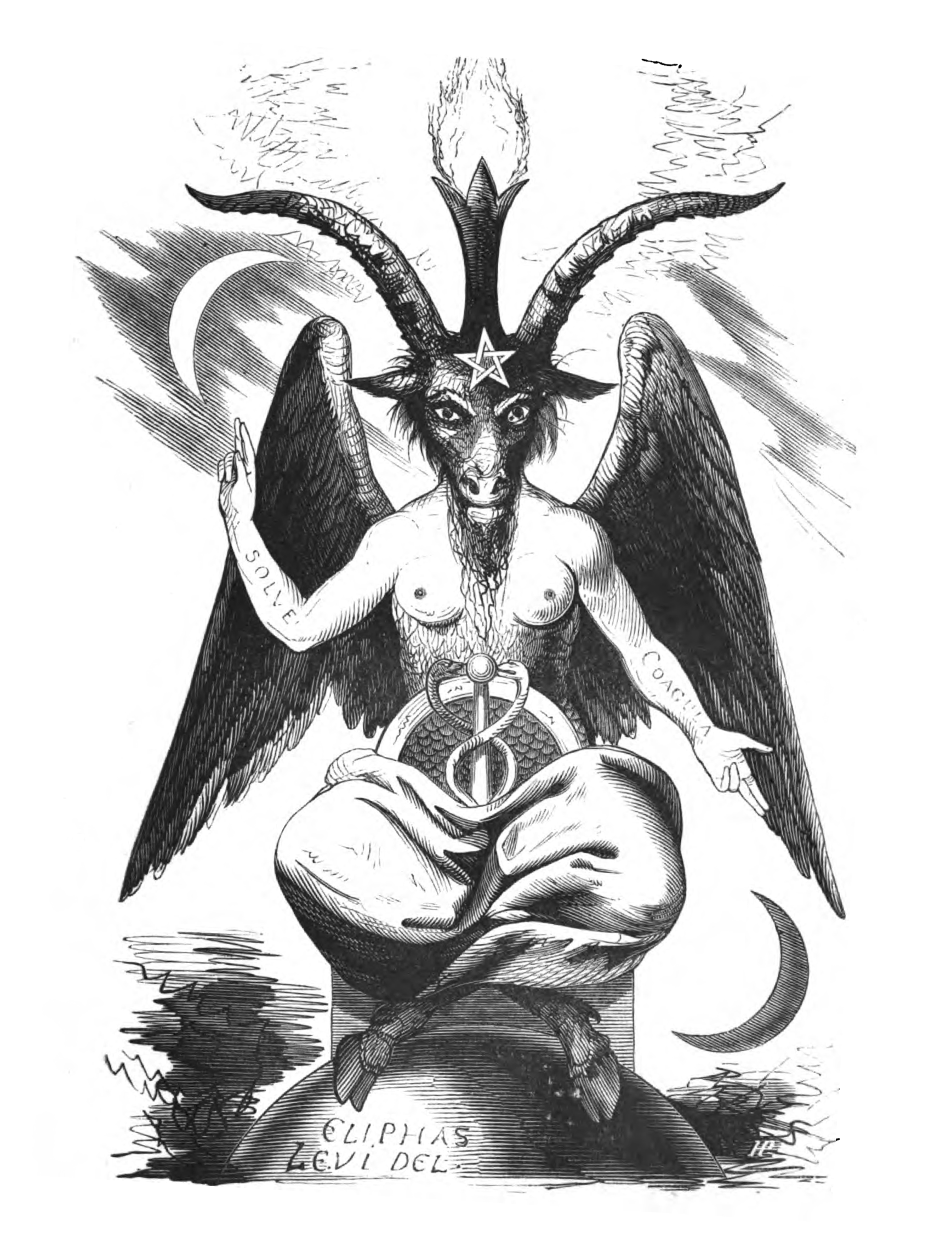
David Lynch,
Memory of a Head I do not think it is too far-fetched to compare the celluloid and waxed paper cover with the system Pcpt.-Cs [perception-consciousness] and its protective shield, the wax slab with the unconscious behind them, and the appearance and disappearance of the writing with the flickering-up and passing-away of consciousness in the process of perception.
Sigmund Freud, ‘Note on the “Mystic Writing-Pad”’ (1925).
Let us note that the depth of the Mystic Pad is simultaneously a depth without bottom, an infinite allusion, and a perfectly superficial exteriority: a stratification of surfaces each of whose relation to itself, each of whose interior, is but the implication of another similarly enclosed surface ... the pellicular essence of being, the absolute absence of any foundation.
Jacques Derrida, ‘Freud and the Scene of Writing’,
Writing and Difference (1966).
The first problem of consciousness is the problem of how we get a movie-in-the-brain.
Antonio Damasio,
The Feeling of What Happens (2000).
We are like the spider. We weave our life and then move along in it. We are like the dreamer who dreams and then lives in the dream. This is true for the entire universe.
Aitareya UpanishadIt is well-known in cognitive neuroscience that the self is an illusion in the sense of a central core of identity and agency, a homunculus sitting in a command and control centre, somewhere in the brain. Rather, according to Antonio Damasio consciousness or ‘self’-perception is an effect of layers of film or movies-in-the-brain that are projected ‘in the brain’s multiplex screens’. While it is important to note that the metaphorical movie ‘has as many sensory tracks as our nervous system has sensory portals’, his use of the term ‘image’ to describe them is no accident, consciousness is a matter of ‘stepping into the light’. Damasio’s account amounts to a photology that unfolds various layers of film.
At one level, a ‘proto-self’ is produced as the effect of neural systems that film both the organism’s encounters with its external reality and the modifications produced in the physical structure of the organism by that encounter. There is an (obscure) event and a filmed narrative comprised of movement-images that play over time, albeit in microseconds; but all this goes on at a level that is non-conscious, ‘the proto-self has no powers of perception’; there is no self-reflection, no awareness of self, just multiple films playing on multiple screens ‘that span varied orders of the nervous system’ from the brain stem to the cerebral cortex that are connected by neural pathways.
It is on the basis of these films that more neural patterns are produced that film a ‘second-order nonverbal narrative’ of mental images that enable both a working memory and consequently an awareness of ‘self’ that is brought into consciousness in and as a film. At the same time, the watcher of the brain’s movies is brought into self-perception as an effect of being filmed. But there is no subject of this film, nor any object being filmed, other than another film. Self-consciousness is the film of a film, or of multiple films, the representation of representations made by neural patterns of the state of the organism.
A further, third order of representations is necessary for the extended form of consciousness characteristic of human beings (and, no doubt, some other primates). For this to happen the movies of core consciousness need to be permanently stored as ‘dispositional memories’ that can be brought out and re-played or even re-made whenever necessary and in light of new experiences, that is, new films made at the level of core consciousness, stored, re-made and so on in a potentially infinite reflexivity that directly acts on and modifies the non-conscious state of the organism. It is the video store or DVD hard drive, upon which ‘experience of the past and an anticipated future’ can be based, that provides the material of ‘autobiographical memory’ and an ‘autobiographical self’. Leaving aside for a moment the assumed automaticity of this cinema of consciousness, there is still the question of its relation to a ‘graphical’ self that appears to be anomalous given that Damasio is insistent that consciousness is not dependent on language. Certainly the movies of core consciousness that are stored in the dispositional memories of extended consciousness can also be ‘converted’ or, somewhat paradoxically, ‘translated’ into language, but language is just a third or fourth order of representation that is not essential to consciousness or self-perception. The cinema precedes speech, something that is very well known of course to film scholars, but so also according to Derrida does writing. So can the cinema of consciousness be understood as a kind of writing before speech, in Derrida’s sense, a machine that writes with celluloid, like Freud’s
Wunderblock or ‘mystic writing pad’?
In a number of ways, Damasio’s model of filmy consciousness resembles Freud’s model of the psychic apparatus, especially as deconstructed by Derrida in his essay ‘Freud and the Scene of Writing’. Damasio’s scene of cinematic writing precedes both speech and language, but then so does Derridean writing where it is not of course a question of precedence, but of disclosing that neither language nor image nor any other mode of signification is possible outside of the general problematic of the graphematic trace, of the mark, its displacement, force, erasure and residue, that is bound up especially in the problem of translation and transcription. In his explication of the model of consciousness, Damasio has constant recourse to notions of ‘translating’ and ‘converting’ from one system of neural patterns to another, to the mental images of core consciousness that are re-represented in extended consciousness, and back again, in horizontal and vertical topographies traversing the space-time of the brain’s deep expanse of grey corridors, editing suites and auditoria. In Derridean terms, Damasio’s filmy brain is clearly a text, a weave of traces, differences of force and signification, ‘a text nowhere present, consisting of archives which are always already transcriptions’.
Furthermore, just as for Damasio, the ‘self’ is merely ‘the appearance of an owner and observer for
the movie within the movie’ so in Freud’s psychographic machine ‘we are written only as we write ... the “subject” of writing does not exist if we mean by that some sovereign solitude of the author’. The function of self-consciousness, which for Damasio appears by means of cinematic images, is to supplement the instinct for survival of ‘the inner sanctum of life regulation’ to which it is connected and that is perpetually threatened by death, is indeed continually dying. Cinematic images are ghosts, spirits that both anticipate the death and memorialize the life of those objects whose light they refract. Ironically, the visceral, cellular and microcellular play of bodily forces (the ‘life-and-death’ struggle), which it is the function of consciousness to protect and watch over, is foreclosed from consciousness. The spirits know nothing of the body but shadows. Indeed, one might even say that through being represented, re-represented and re-re-represented in moving images the life of the organism is continually being mortified even as it is being re-animated in patterns and moving images unfolding in a different time, at different speeds and in another space. ‘Representation is death’, writes Derrida, ‘which may be immediately transformed into the following proposition: death is (only) representation’. Death only has meaning for a subject, of course, a subject that is nevertheless an effect of multiple ‘originary repetitions’, ‘a system of relations between strata: the Mystic Pad, the psyche, society, the world’. Similarly, Damasio’s system of filmy consciousness necessarily extends, as the very condition of his metaphor’s efficacy, to further levels of stratification, audio-visual machines that envelop, modify and mortify organisms, integrating them into wider machinic systems and assemblages out in the world.
Neur
acinema: an assemblage of filmy surfaces without origin or end, interior and yet exterior to which moves the integral alterity denoted by ‘
a’ that dis-integrates them, provides them with a point, that is to say with meaning precisely through the immanence of meaning’s flight, its dissolution in non-knowledge, the mortification and death of the organism that can only be imagined, yet around which the screens pulsate.
In an interview with
Michael Guillan, David Lynch offered a quotation from a translation of
Aitareya Upanishad as a way into
Inland Empire (2006) and, perhaps, his oeuvre generally: ‘We are like the spider. We weave our life and then move along in it. We are like the dreamer who dreams and then lives in the dream. This is true for the entire universe’. ‘Consciousness is all we have’, Lynch added, implying that his is supremely a cinema of consciousness though one that is filled with (rabbit) holes, dark corridors, portals, lost highways and multiple screens and movie theatres. As for example when Nikki (Laura Dern), in
Inland Empire, walks out of a secret corridor into a movie theatre where she sees the ‘Lost Girl’ watch Nikki on a TV screen in a hotel room, somewhere else at another time, as someone else, maybe.
‘Human putrefaction’ was the phrase repeatedly used by David Lynch when asked at the New York Film Festival in 2001 to discuss
Mulholland Drive (2000). Like
Eraserhead (1977) and Billy Wilder’s
Sunset Boulevard (1950), the movie upon which both of Lynch’s films are based,
Mulholland Drive can be read as the dream-narrative of a corpse. Certainly, Wilder’s well-known cynicism towards Hollywood could be cited in making the suggestion that the dreams of Hollywood, Hollywood-consciousness, the movies-in-the-brain of much of the world are the film (pellicule, scum) of human putrefaction. But in Lynch’s multiple re-making of
Sunset Bouelvard (
Inland Empire is yet another version), the conjunction between death, squalor and the cinema of dreams conjures up scenes of great beauty such as the moment of Nikki/Sue’s (Laura Dern) movie-death that recalls both Wilder’s film and the end of
Eraserhead.
‘Is nothin’, you just dyin’ is all ... I’ll show you light now, it burns forever...’
(memorably sampled by Burial at the beginning of
Untrue)












